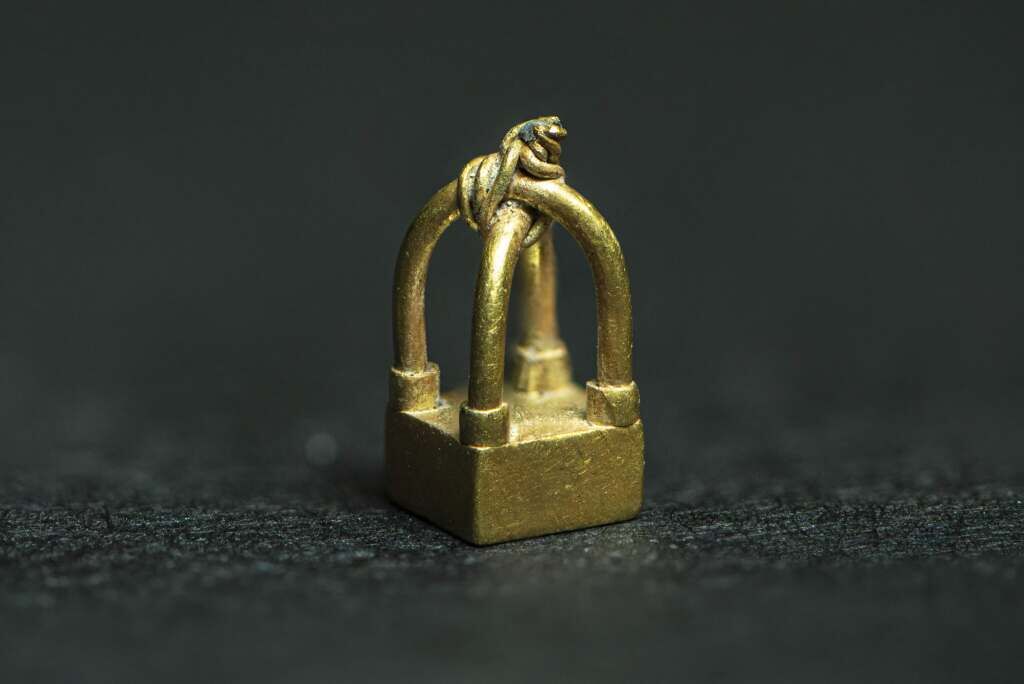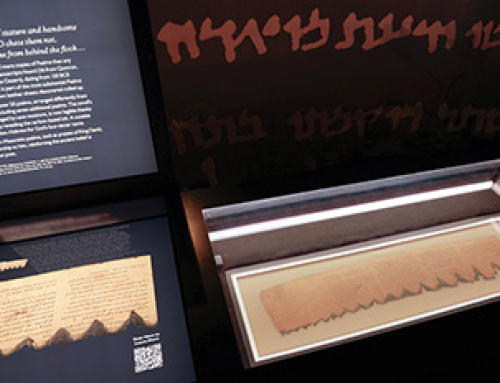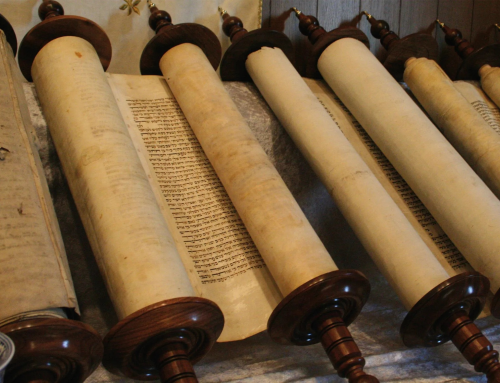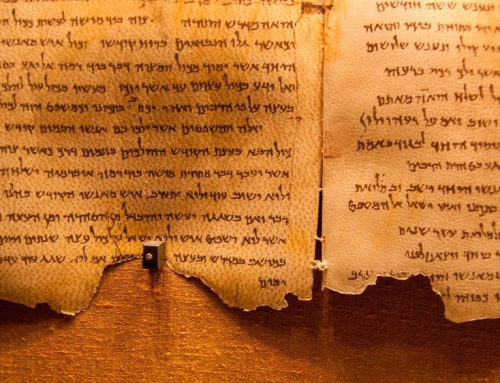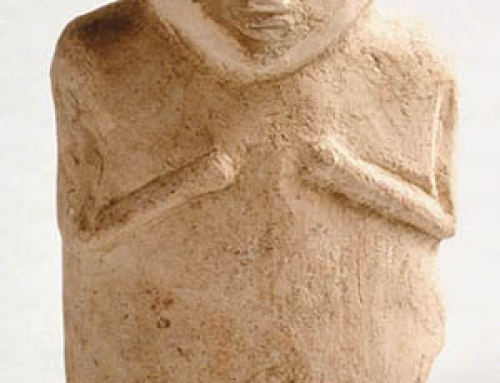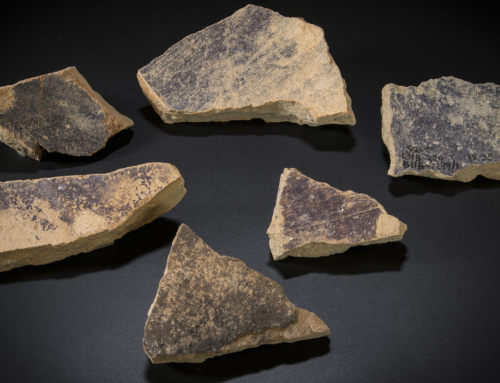This week a rare, 3,000-year-old gold pendant discovered in Jerusalem was revealed to the public as part of a US-based exhibit of artifacts related to the First Temple period.
The tiny pendant or earring was found a decade ago during excavations in the Ophel, a raised area south of Temple Mount in Jerusalem. But until last year, the item had been largely overlooked, according to archaeologist Brent Nagtegaal of the Armstrong Institute of Biblical Archaeology.
The finely crafted artifact is shaped like a basket with a solid base measuring just 4x4x2 millimeters. Two semicircular “handles” extend 6 millimeters above the base, overlapping each other to form a point where the pendant could be suspended, and narrow gold wire is wrapped around the top of the item.
Analysis showed that the artifact is made of electrum (a gold and silver compound stronger than plain gold), which would make it “the earliest gold artifact ever discovered in an archaeological excavation in Jerusalem,” according to Nagtegaal.
After comparing the item with existing research on similar artifacts and consulting with experts from the Hebrew University and the Israeli Antiquities Authority, Nagtegaal determined that the pendant was of Phoenician origin.
The artifact, “securely dated by archaeological context” to the 10th century BCE, represents “the best evidence so far that Phoenicians themselves were present in Jerusalem during the 10th century BCE, the time of King Solomon,” Nagtegaal claimed in an article announcing the research Monday.
Biblical archaeologists are keen to place Phoenicians in Jerusalem during the First Temple period and earlier to add heft to Biblical accounts of interactions between King Hiram of Tyre and both King David and King Solomon.
There is scant evidence for the existence of either David or Solomon, nor of the Bible’s claim that Hiram, who ruled a major regional power, sent supplies and artisans to help in building the First Temple in relatively obscure Jerusalem.
Tyre, in what is today Lebanon, was a major center of Phoenician culture, whose city-state-based maritime civilization is mentioned several times in the Hebrew Bible, ancient Greek writings, and other sources, including by Josephus.
The pendant could also help prove that there was trade between Phoenicia and Jerusalem at the time.
Previous finds from the Ophel area have confirmed “Phoenician cultural influence in Jerusalem” during the First Temple period, Nagtegaal asserted.
A full academic analysis of the object, along with a stratigraphy study of the area where it was discovered, is to be published in the forthcoming “The Ophel Excavations to the South of the Temple Mount, 2009–2013: Final Reports Volume III,” he wrote.

The pendant went on display as part of the recently opened “King David and Solomon Discovered” exhibit at the Armstrong Auditorium in Edmond, Oklahoma, which is to run through January 2025.
The exhibit is dedicated to the late Dr. Eilat Mazar of the Hebrew University, the trailblazing archaeologist who oversaw excavations in the Ophel and City of David areas and who was an expert on both ancient Jerusalem and Phoenician culture.
Mazar, the scion of an archaeological dynasty, was dedicated to finding links between the archaeological record and the biblical narrative and was in charge of the Ophel excavations when the gold pendant was found. She died in 2021 at the age of 64.
Original Article – Tiny First Temple-era Phoenician pendant is ‘earliest gold artifact’ found in Jerusalem | The Times of Israel

